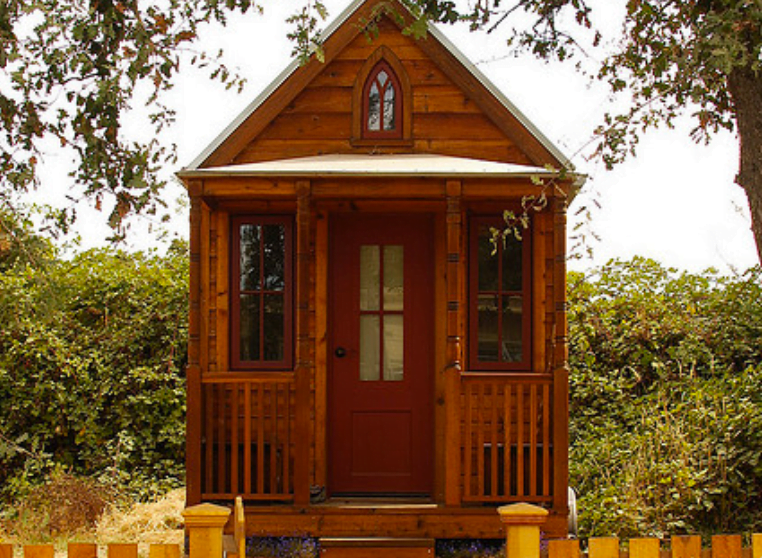43% of owners and tenants desire a larger home than the one they currently occupy, according to a survey by Trulia. Desired home size varies widely based on the age of respondent. The younger generation (with either kids in tow or planned for the future) is most likely to want bigger homes, while the older “empty nester” generation is less likely to desire smaller, more compact property.
Baby Boomers (55 years and older) were predictably the most likely generation — at 53% — to be happiest with their current home size. Many plan to age in place and forego the hassles of a move. However, Baby Boomers were still more likely to want a larger home than one smaller than their current residence.
Generation Y (Gen Y), (aged 18-34) is the most likely portion of the population — at 60% — to want a larger home. This is sensible, as Gen Y is currently concentrated in starter apartments or dorms, sharing the rent with roommates and even living with parents.
So what does this survey tell us about California’s future housing market?
Not much.
Sure, families want bigger homes, but is this conclusion all that surprising? Further, when this desire is weighed alongside other values, like access to amenities and the length and cost of commuting, it’s gravitational pull loses strength. Perhaps even more critically, buyers’ financial capabilities too often fall short of the perfect home. Many claim they want more space, but not in exchange for the sacrifices that come in tandem with it.
The truth is, there is no such thing as the “perfect home,” or even an ideal location for homebuyers with a budget. A compromise is needed. That’s why the suburbs were so successful for the Boomer homebuyers. Suburbia offers a halfway point between home size and proximity to jobs (though generally favoring home size over commute time). However, as Gen Y homebuyers prepare to take the reins, expect that compromise to shift in favor of location rather than home size.
Neighborhoods with high walkability scores perform better economically and reap higher home values and rents, according to a study by the Brookings Institution. This translates to higher housing costs, but lower transportation costs. Contrast this with suburban, inland areas in California, with extremely low walkability, which are seeing a slower housing recovery, reflecting lower demand from buyer-occupants.
What’s the takeaway of all of this? If you want to know the future of your housing market, look first at local indicators, not broad surveys like the one above.
What are your neighborhood demographics? What phase of the real estate life cycle is your FARMing community going through? What types of jobs is your region dependent on? Is there a growing appreciation for your area, or is its desirability declining?
Beginning to answer those questions will help you identify what is in store for the housing market you serve and what you need to do to serve it. Will your future practice be in the suburbs, city, or somewhere in between?














